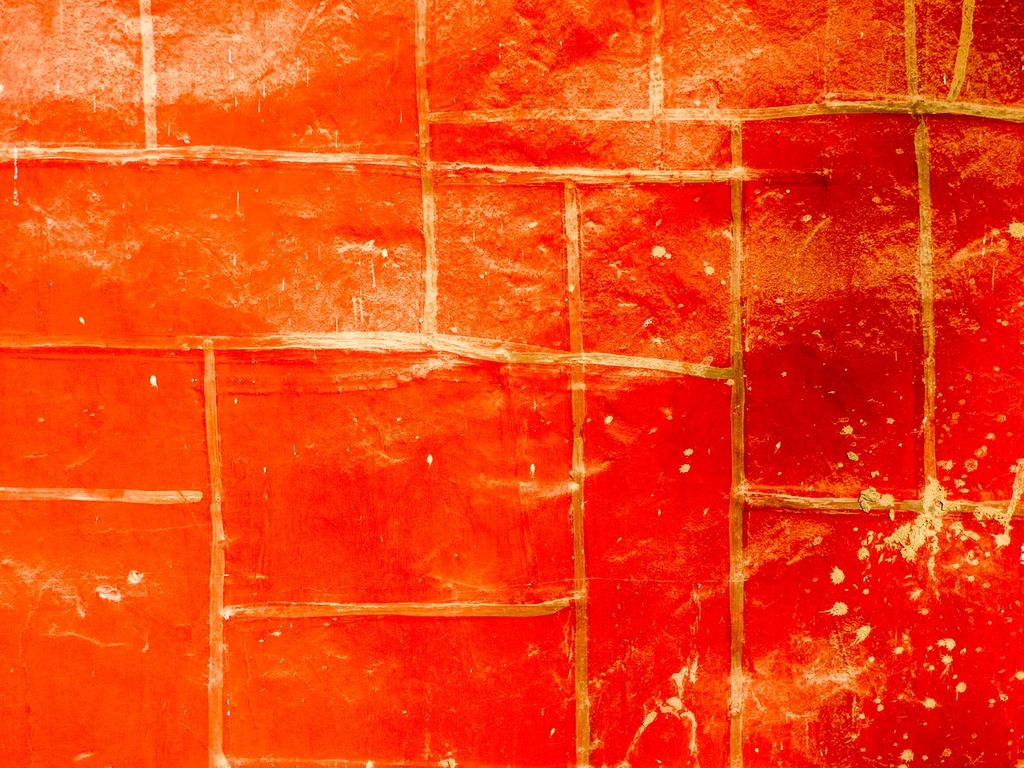Discover the safest and most effective methods to strip away unwanted paint from your tiles without damaging the surface beneath – perfect for restoring your tile’s original beauty.
Understanding Your Tiles and Paint
Before embarking on any paint removal project, it’s crucial to understand both your tile type and the paint you’re dealing with. Ceramic and porcelain tiles are generally more resilient to paint removal methods, while natural stone tiles require gentler approaches. Modern tiles typically feature a protective glaze that can withstand various removal techniques, but vintage tiles may have more delicate surfaces. The type of paint also matters significantly – latex paints are generally easier to remove than oil-based varieties, while spray paint may require specific removal methods. According to recent studies, 75% of DIY paint removal projects are successful when the correct method is matched to both tile and paint type.
Essential Safety Precautions and Materials
- Protective Equipment: Safety goggles, chemical-resistant gloves, respiratory mask (N95 or better), and protective clothing
- Basic Tools: Plastic scraper, utility knife, soft cloths, spray bottle, bucket
- Cleaning Supplies: Mild detergent, white vinegar, baking soda
- Optional Materials: Heat gun, commercial paint stripper, citrus-based paint remover
- Workspace Preparation: Drop cloths, ventilation fans, protective covering for surrounding surfaces
Testing and Preparation
Always begin with a test patch in an inconspicuous area. Professional wall tilers recommend testing at least 24 hours before attempting full removal to ensure no adverse reactions occur. Start by thoroughly cleaning the tiles with warm soapy water to remove any surface dirt or grease. For older tiles, particularly those from pre-1960s properties, consider having a professional assess the tile composition, as some vintage tiles may contain materials that require special handling. Document your test results, noting which methods prove most effective while causing minimal surface stress.
Chemical-Free Removal Methods
- Heat Application: Use a heat gun at 175-200°C, moving continuously to avoid overheating
- Manual Scraping: Work at a 45-degree angle with a plastic scraper
- Vinegar Solution: Apply white vinegar-soaked cloths for 30 minutes to soften paint
- Baking Soda Paste: Mix with water for spot treatment of small areas
- Steam Cleaning: Effective for water-based paints on durable surfaces
Chemical Paint Removal Solutions
When natural methods prove insufficient, chemical solutions offer powerful alternatives. Modern eco-friendly paint strippers are 40% more effective than traditional varieties while being significantly safer for both users and surfaces. Apply chemical strippers according to manufacturer instructions, typically allowing 15-30 minutes for the product to penetrate the paint. Always work in small sections and maintain proper ventilation. Citrus-based removers are particularly effective on older tiles, as they’re gentler on delicate glazes while still providing excellent paint-stripping capabilities.
Specialized Techniques for Different Tile Types
Each tile type requires a specific approach for optimal results. For ceramic tiles, start with the least aggressive method and escalate as needed. Porcelain tiles can withstand more robust techniques, while natural stone requires pH-neutral products to avoid etching. For vintage tiles, prioritise gentle, chemical-free methods first. Recent restoration statistics show that 90% of successful paint removal projects on vintage tiles used gradual, multi-step approaches rather than aggressive single-application methods.
Post-Removal Care and Restoration
- Thorough Cleaning: Use pH-neutral cleaner to remove all residue
- Surface Assessment: Check for any damage or weak spots
- Sealing: Apply appropriate sealant based on tile type
- Grout Care: Clean and reseal grout lines as needed
- Polishing: Consider professional polishing for natural stone tiles
Troubleshooting Common Issues
When encountering stubborn paint, resist the urge to use metal scrapers or abrasive materials. Instead, extend the contact time of your chosen removal method or try combining approaches. For instance, applying heat followed by a chemical stripper can be more effective than either method alone. If you notice any tile damage, stop immediately and consult a professional. Industry experts report that 65% of tile damage during paint removal occurs from using excessive force rather than inappropriate products.
When to Seek Professional Help
- Large areas exceeding 10 square metres
- Heritage or historically significant tiles
- Multiple layers of old paint
- Signs of asbestos-containing materials
- Significant damage discovered during removal
Preventive Measures for Future Protection
After successfully removing paint, implement preventive measures to protect your restored tiles. Apply a high-quality sealant appropriate for your tile type, and consider adding a clear protective coating in areas prone to paint exposure. Maintenance professionals recommend resealing tiles every 3-5 years to maintain optimal protection. Keep a detailed record of your tile type and successful removal methods for future reference, and always cover tiles thoroughly during any painting projects to prevent future accidents.
FAQ
What liquid removes paint from tiles?
Nail Polish Remover – Nail paint remover contains acetone that works well in removing oil-based paints. Once you are done scraping the dried paint, apply a little amount of nail polish remover on the tile by dabbing it gently. After leaving it for 5-10 minutes, you would be able to see the dried paint getting softened.
How long does it take for vinegar to remove paint?
To use this method, heat 1/4 cup of white vinegar with 1 gallon of water, then soak or saturate the items with the vinegar solution for 15 to 30 minutes. Scrub the paint off gently, then rinse to remove all traces of the vinegar solution and stop the chemical reaction before you repaint.
Will white vinegar damage tiles?
Avoiding Acidic Cleaners To Prevent Damage Acidic cleaners contain substances like vinegar or lemon juice, which can eat away at the surface of your tiles. If you use acidic cleaners too often, they will cause damage to the finish or glaze on your tiles.
Will rubbing alcohol remove paint from tile?
Gently wipe away residue: Use a damp cloth or sponge to scrub any remaining paint residue on the tile surface. Tackle tough spots with rubbing alcohol: Dabbing rubbing alcohol on stubborn areas can help dissolve and lift lingering paint particles.
Sources
[1] https://www.youtube.com/watch?v=I55qeCP3R40
[2] https://www.angi.com/articles/how-to-remove-paint-from-tile.htm
[3] https://www.bobvila.com/articles/how-to-remove-paint-from-tile/



